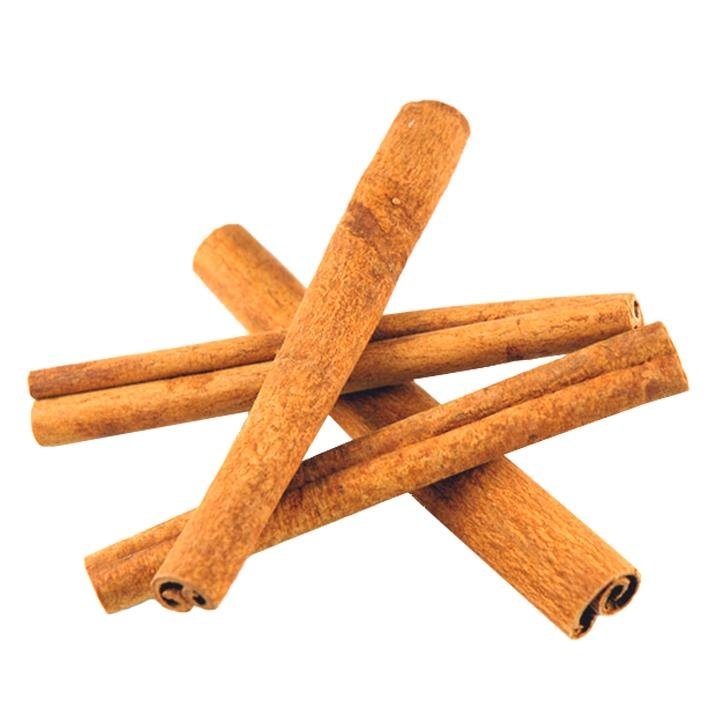The cinnamon tree, known as cinnamon tree, is an evergreen tree, 10 to 15 meters high from Sri Lanka, it is also cultivated in India and other areas of the world. The stem is woody in consistency; the leaves, oval and pointed, bright green on the upper side, have five reddish nerves (one in the center and two on each side). The bark is grayish brown and has a perennial cycle. The flowers are hermaphrodite, white or greenish yellow and covered with hairs and are grouped in panicles. The fruit is a long ellipsoidal berry of about 12.5 cm, of very dark color, bluish-black, with a single seed inside. It reproduces from the seeds contained in the berry and also by vegetative multiplication.
The bark, obtained by peeling and cutting the tender branches of the tree.
Pregnancy and lactation.
Diabetics: it is advisable to periodically control glucose levels.
Due to its hypoglycemic action, it could increase the effect of hypoglycemic drugs.
At the recommended doses no side effects have been described.
Monografía de la SEFIT (Sociedad Española de Fitoterapia).
Ranasinghe P, Pigera S, Premakumara GA, Galappaththy P, Constantine GR, Katulanda P. Medicinal properties of 'true' cinnamon (Cinnamomum zeylanicum): a systematic review. BMC Complement Altern Med. 2013;13: 275.
Allen RW, Schwartzman E, Baker WL, Coleman CI, Phung OJ. Cinnamon use in type 2 diabetes: an updated systematic review and meta-analysis. Ann Fam Med. 2013; 11 (5): 452-9.
Kort DH, Lobo RA. Preliminary evidence that cinnamon improves menstrual cyclicity in women with polycystic ovary syndrome: a randomized controlled trial. Am J Obstet Gynecol. 2014; 211 (5): 487.e1-6.
Askari F, Rashidkhani B, Hekmatdoost A. Cinnamon may have therapeutic benefits on lipid profile, liver enzymes, insulin resistance, and high-sensitivity C-reactive protein in nonalcoholic fatty liver disease patients. Nutr Res. 2014; 34 (2): 143-8.
